Tired of Bad Coffee? Here’s How to Actually Make a Great Cup at Home
I’ve spent a long, long time in the coffee world. My journey started in a bustling city cafe, where I was pulling hundreds of espresso shots before most people were even awake. Later, I moved to smaller, more focused shops where we’d geek out over a single-origin bean’s tasting notes for what felt like hours. I’ve trained brand-new baristas and learned from old hands who brewed coffee in ways that have been around forever.
In this article
Through all that, one thing became crystal clear: making genuinely great coffee isn’t about owning some flashy, thousand-dollar machine. It’s about understanding what’s actually happening inside the cup.
So many people get bogged down by complicated recipes, thinking that’s the secret. But honestly, the secret to any amazing coffee drink—from a simple black coffee to a fancy latte—is a solid foundation. It all boils down to one word: extraction. Once you get that, you can make anything taste incredible. We’re going to walk through the core ideas first, then see how they work in the real world with different brewers. This is how I teach it, and it’s how you can learn to make coffee you’re proud of, every single time.
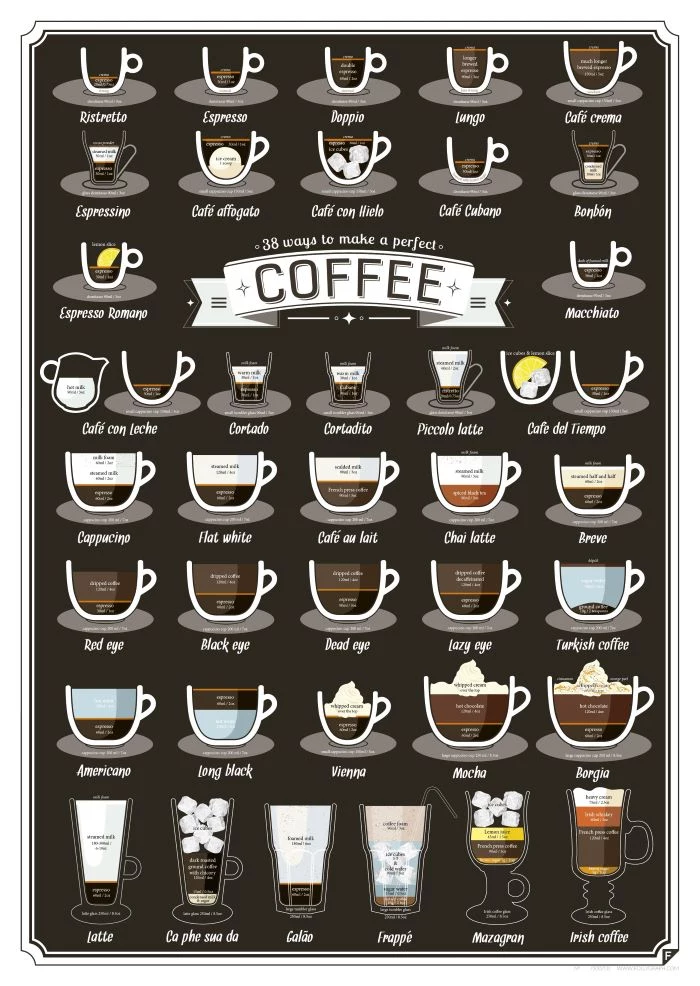
The Four Keys to Unlocking Amazing Coffee Flavor
Every coffee maker on the planet, no matter how simple or complex, is just a tool for extraction. That’s just the fancy word for dissolving the flavor from coffee grounds into water. How well you control this process is the difference between a cup that’s delicious, one that’s sour, or one that’s horribly bitter. Master these four things, and you’re 90% of the way there.
1. Grind Size (This is a BIG one)
The size of your coffee grounds changes absolutely everything. A finer grind means more surface area, so the water pulls flavor out very quickly. A coarser grind has less surface area, slowing things down. Neither is “better”—they’re just tools for different jobs.
- Fine Grind (like table salt): This is for brew methods with super short contact times, like espresso. If you tried this in a French press, you’d get a bitter, sludgy mess.
- Medium Grind (like sand): The sweet spot for most drip coffee makers and pour-overs. It’s a great balance of flow and extraction time.
- Coarse Grind (like rough breadcrumbs): Perfect for methods where the coffee and water hang out for a while, like a French press or cold brew.
By the way, a good burr grinder is probably the single most important piece of coffee gear you can buy. Blade grinders just smash beans into a chaotic mix of dust and boulders, which leads to a cup that’s somehow both sour and bitter. A burr grinder mills the beans to a consistent size, giving you incredible control.
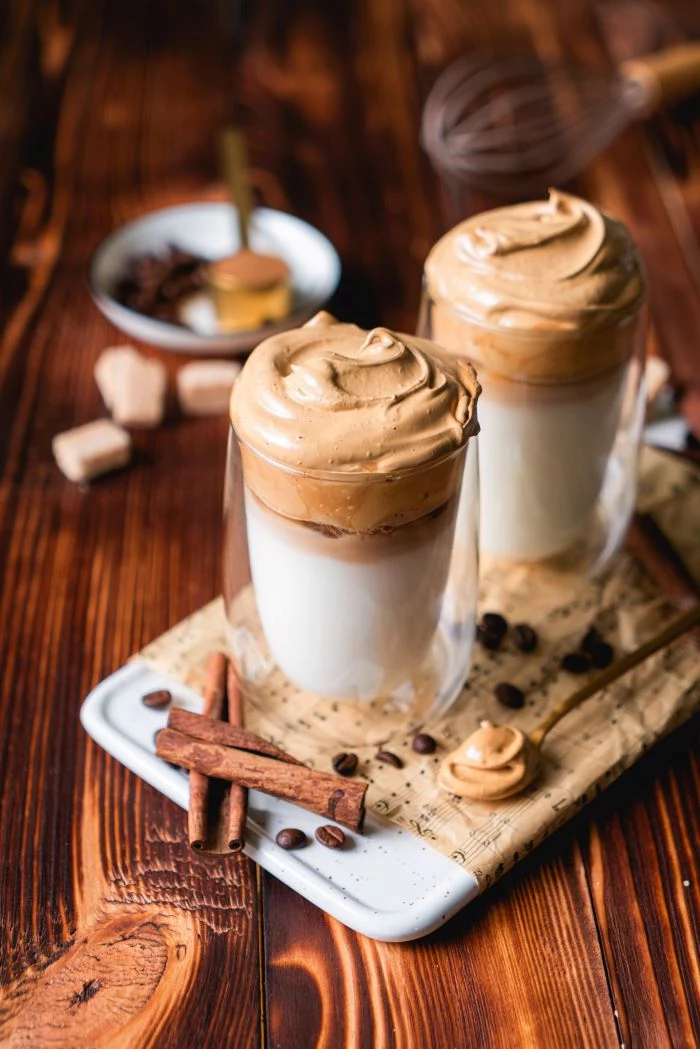
Quick tip: You don’t have to break the bank. A solid manual burr grinder, like a Hario Skerton, will run you about $50. If you want to go electric, the Baratza Encore is the go-to entry-level choice for around $150-$170. It’s a worthy investment.
2. Water Temperature and Quality
Think of water as the engine of extraction. The hotter it is, the more efficiently it dissolves stuff from the coffee. The ideal range is between 195°F and 205°F. From my experience, letting a boiling kettle sit for about 30 to 45 seconds usually lands you right in that sweet spot.
- Too Hot (boiling): Water at 212°F literally scalds the grounds. It torches the delicate flavors and pulls out all the harsh, bitter compounds, leaving you with a flat, burnt-tasting cup.
- Too Cold: Water below 195°F is just too lazy to do the job right. It can’t pull out all the good stuff, so your coffee will taste weak, sour, and underdeveloped.
Oh yeah, and the water itself matters! If your tap water tastes a bit funky, so will your coffee. Using simple filtered water from a pitcher or your fridge can be a total game-changer, preventing weird mineral tastes and scale buildup in your gear.
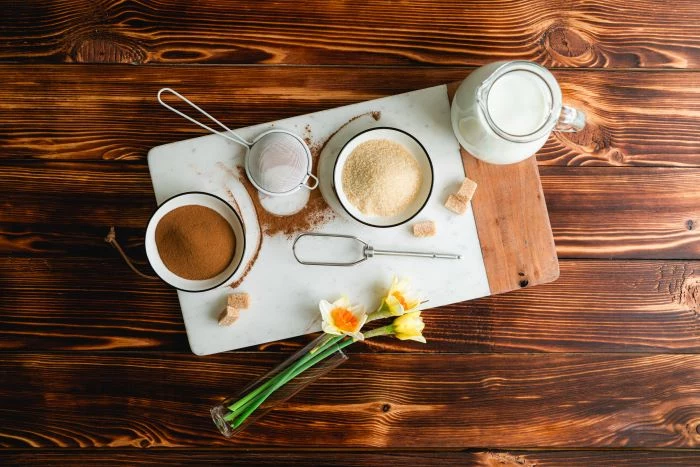
3. Brew Time and Ratio (Your Troubleshooting Tools)
Brew time is simply how long the water and coffee are in contact. It’s tied directly to your grind size. Fine grind = short time. Coarse grind = long time.
So how do you know if you nailed it? Your taste buds will tell you everything. This is your troubleshooting cheat sheet:
- Does your coffee taste sour, thin, or grassy? That’s under-extracted. The water didn’t have enough time or help to pull out the sweet stuff. The fix? Try a finer grind or a longer brew time.
- Does it taste bitter, dry, or hollow? That’s over-extracted. The water hung around for too long and started pulling out nasty, bitter compounds. The fix? Try a coarser grind or a shorter brew time.
To control this, you need to be consistent. That’s where the coffee-to-water ratio comes in, and a digital kitchen scale is your best friend here. Seriously, you can get one on Amazon for $15, and it will improve your coffee more than a $500 machine. The pros use a
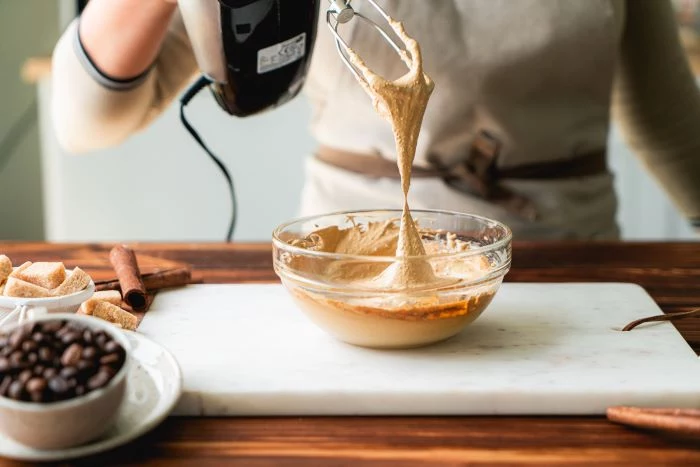
Inspirational Gallery
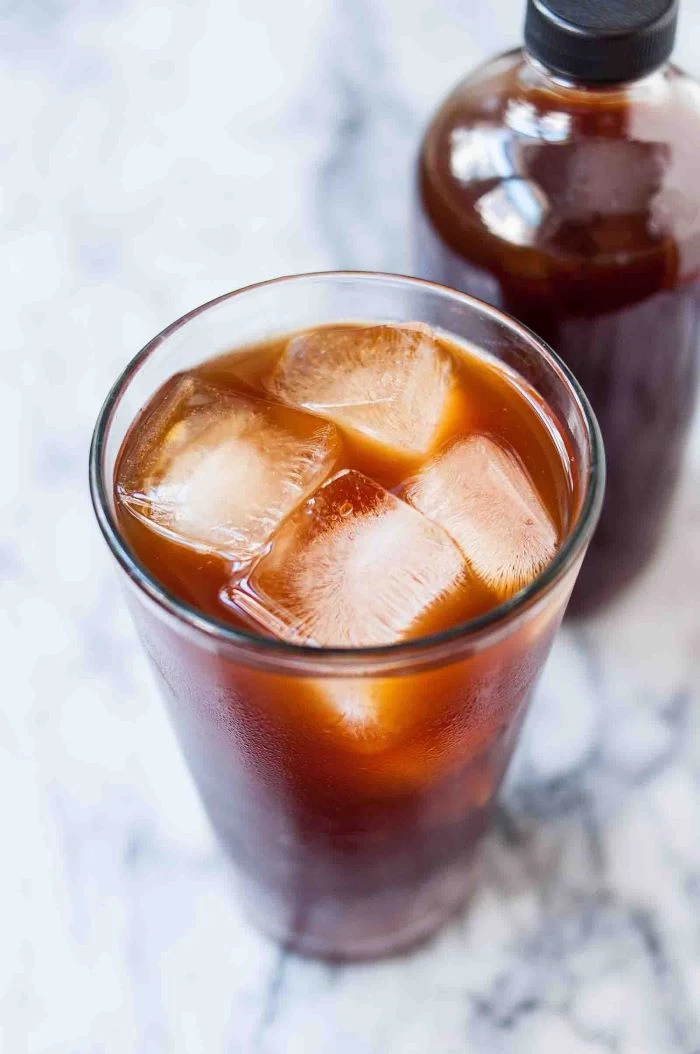
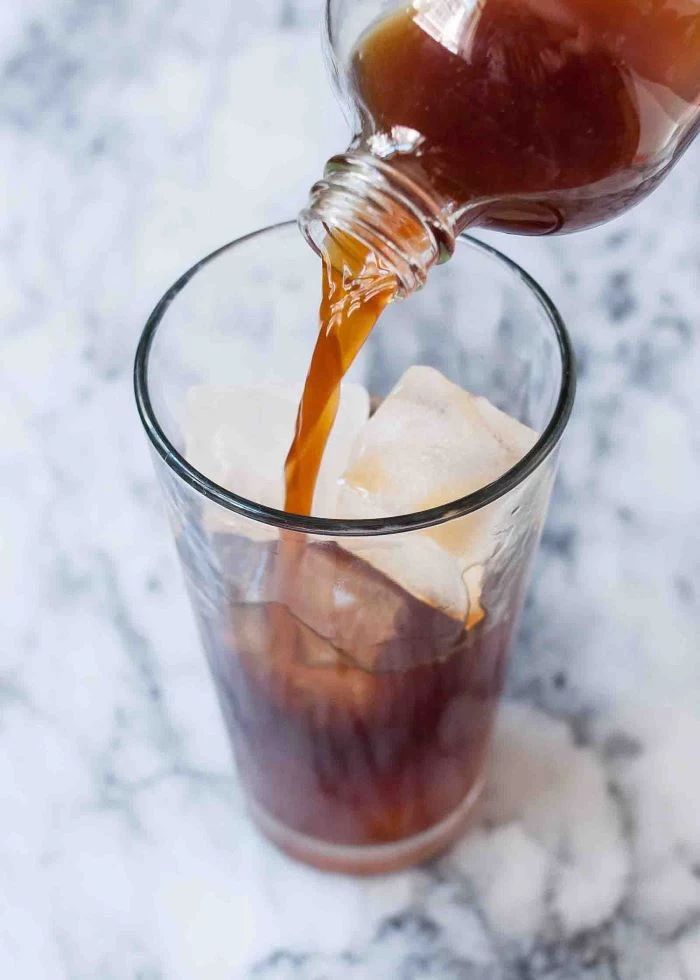
The single most overlooked element: your water. Coffee is 98% water, so if your tap water tastes off, your coffee will too. Using filtered water from a simple Brita pitcher or a more advanced system can drastically clean up the taste in your cup, allowing the bean’s true flavors to shine through.
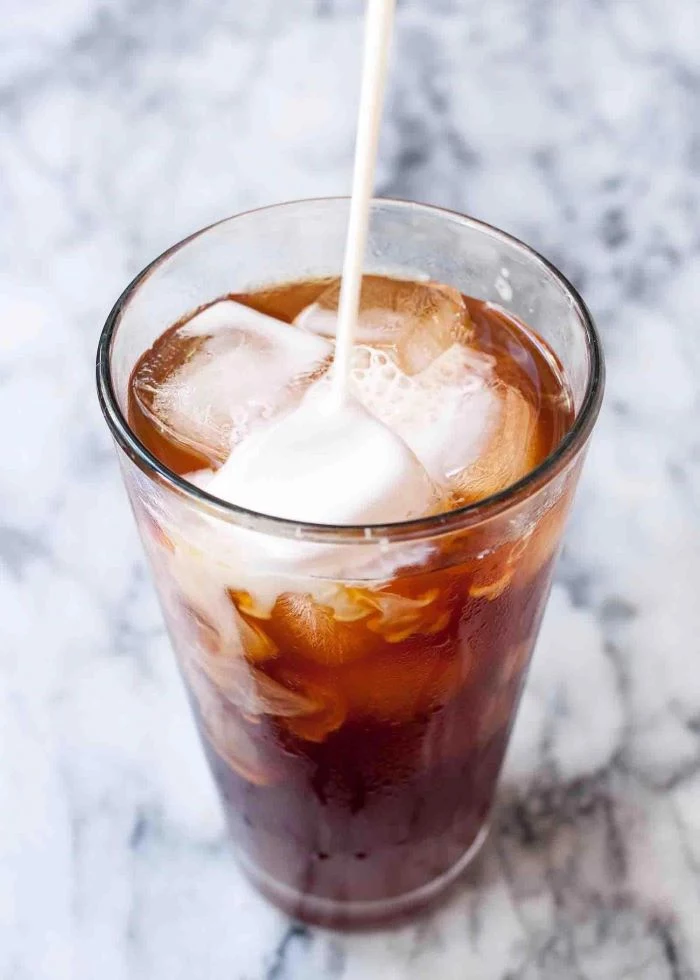
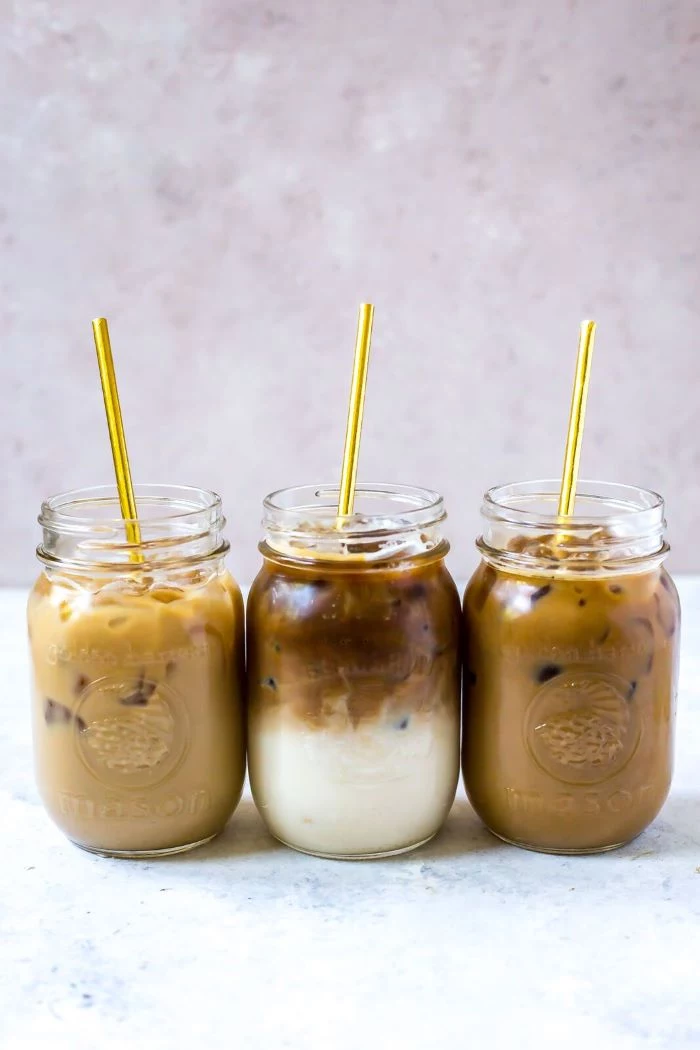
- A perfectly smooth, rich, and low-acid brew.
- A concentrate that stays fresh in the fridge for up to two weeks.
The secret? A proper cold brew. Coarsely grind 100g of your favorite beans, combine with 800ml of cold, filtered water in a jar, stir, and let it steep on your counter for 12-18 hours. Strain it twice—once through a fine-mesh sieve, then through a coffee filter—for a sediment-free result.
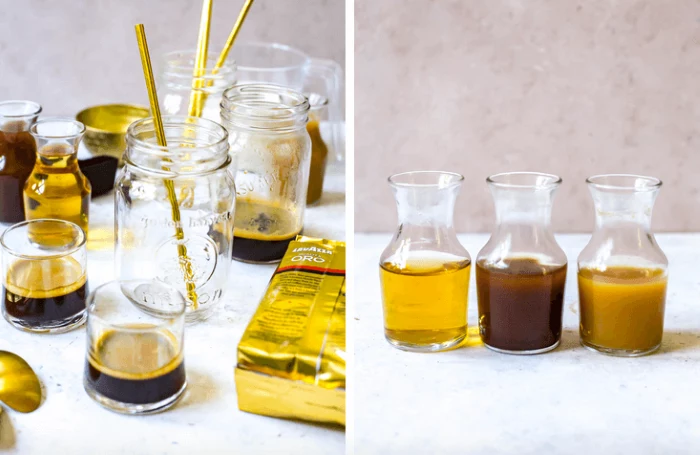

Is a gooseneck kettle really necessary?
For immersion methods like a French press, no. But for pour-over (like a Hario V60 or Chemex), it’s a game-changer. The precise, slow, and controlled pour from a gooseneck kettle like the Fellow Stagg EKG or the Hario Buono allows you to saturate the grounds evenly. This prevents channeling—where water finds a quick path through the grounds—ensuring a balanced and complete extraction every time.
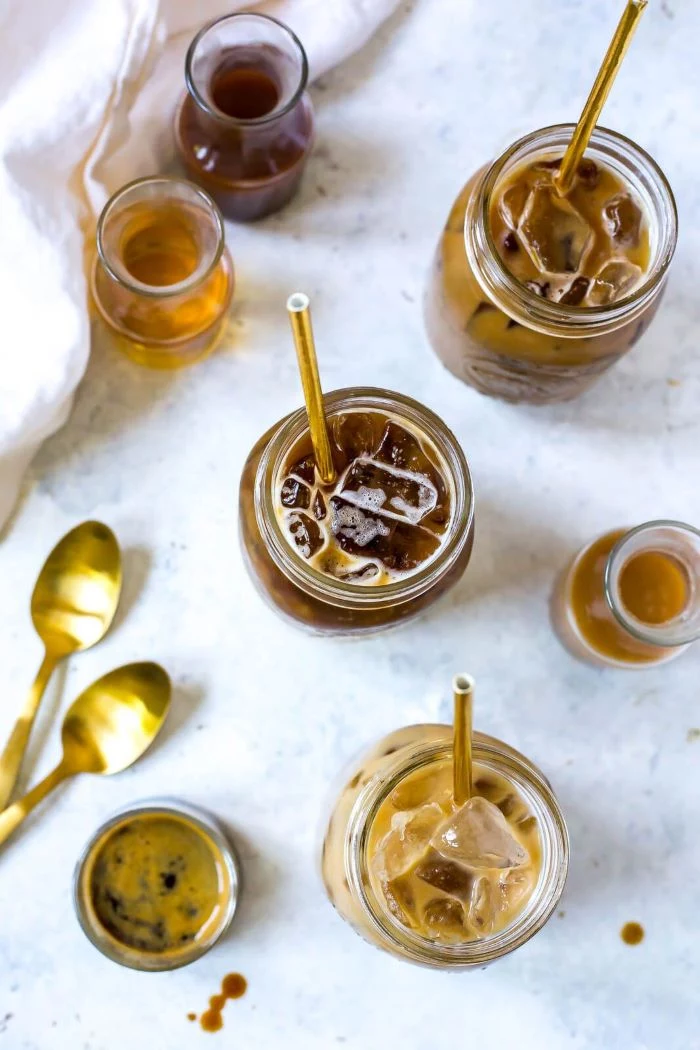
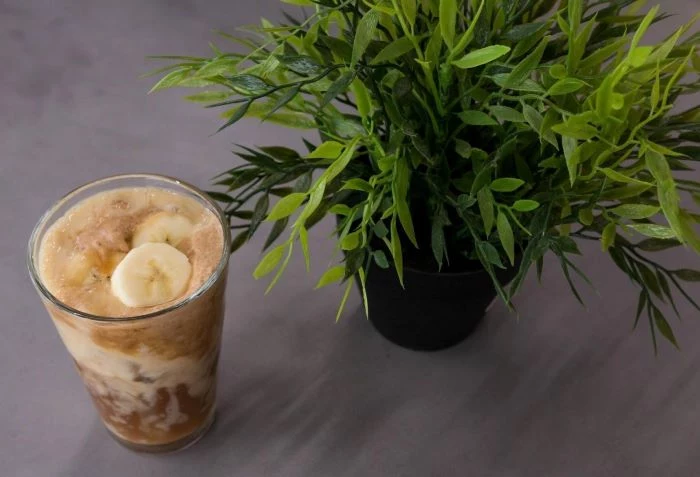
The ‘bloom’ is the rapid release of carbon dioxide that occurs when hot water first hits fresh coffee grounds, typically lasting 30-45 seconds.
Skipping this step is a common mistake. Pouring just enough water to wet all the grounds (about double the weight of the coffee) and waiting allows this gas to escape. If you don’t, it can create air pockets that repel water, leading to an uneven, sour-tasting extraction.
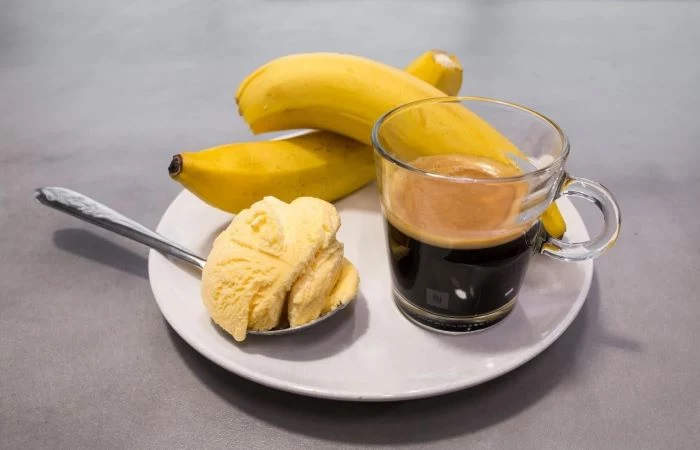
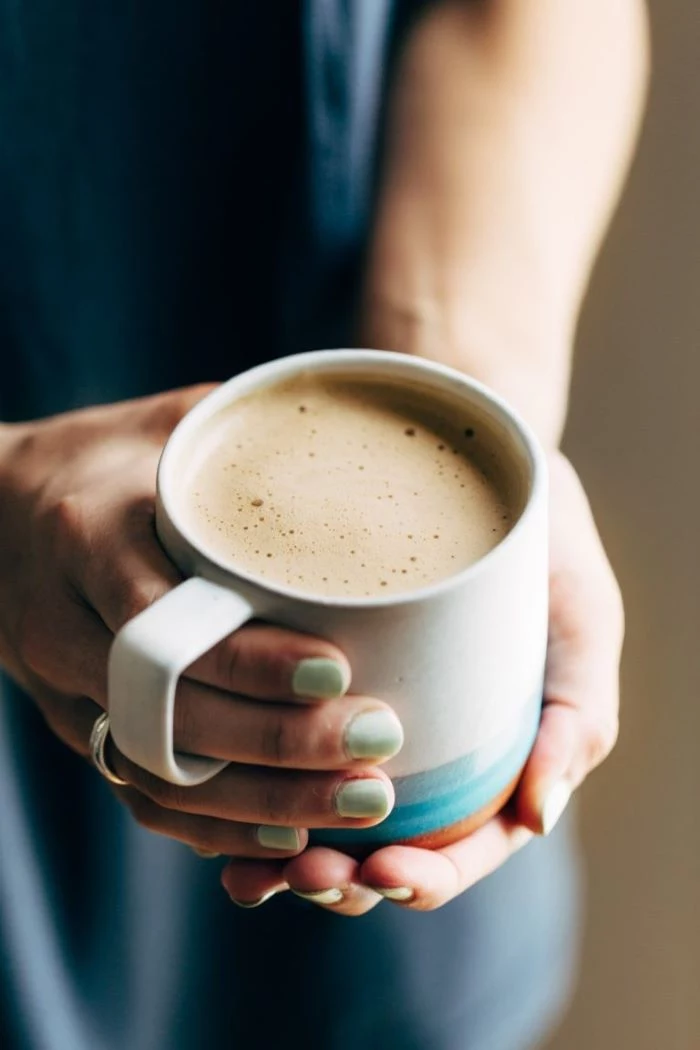
Blade Grinder: Inexpensive and widely available, it works like a blender, smashing beans with a spinning blade. The result is an inconsistent mix of fine dust and large chunks, leading to both bitter and sour flavors in the same cup.
Burr Grinder: It uses two revolving abrasive surfaces (burrs) to crush beans into a uniform size. Models like the Baratza Encore offer consistency that is essential for controlling extraction. It’s the single best investment for elevating your home coffee.
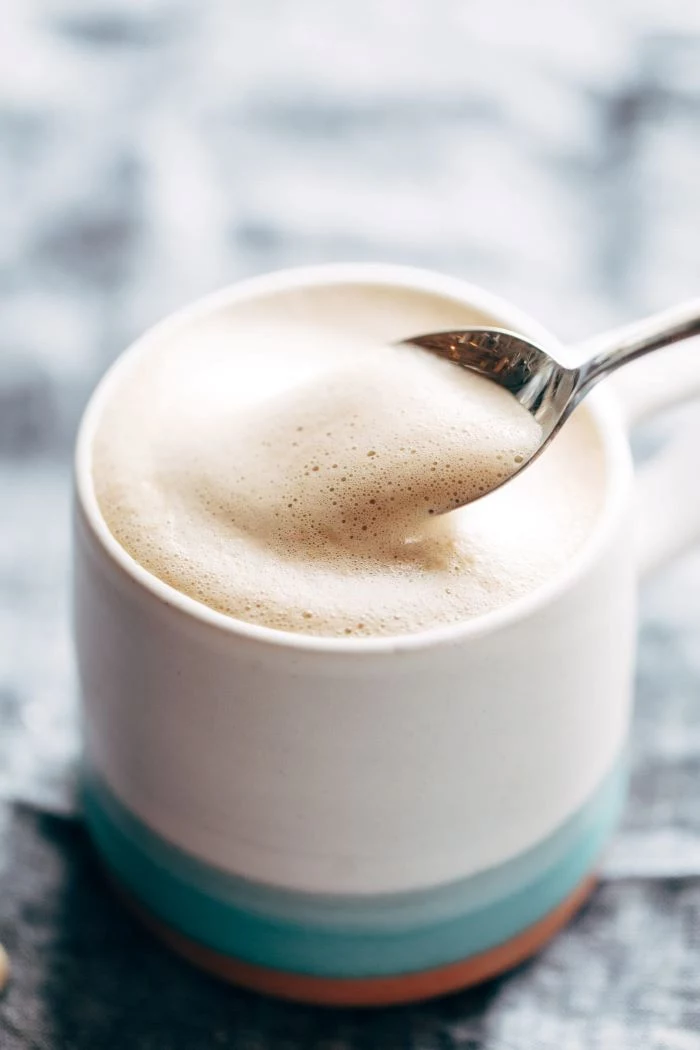
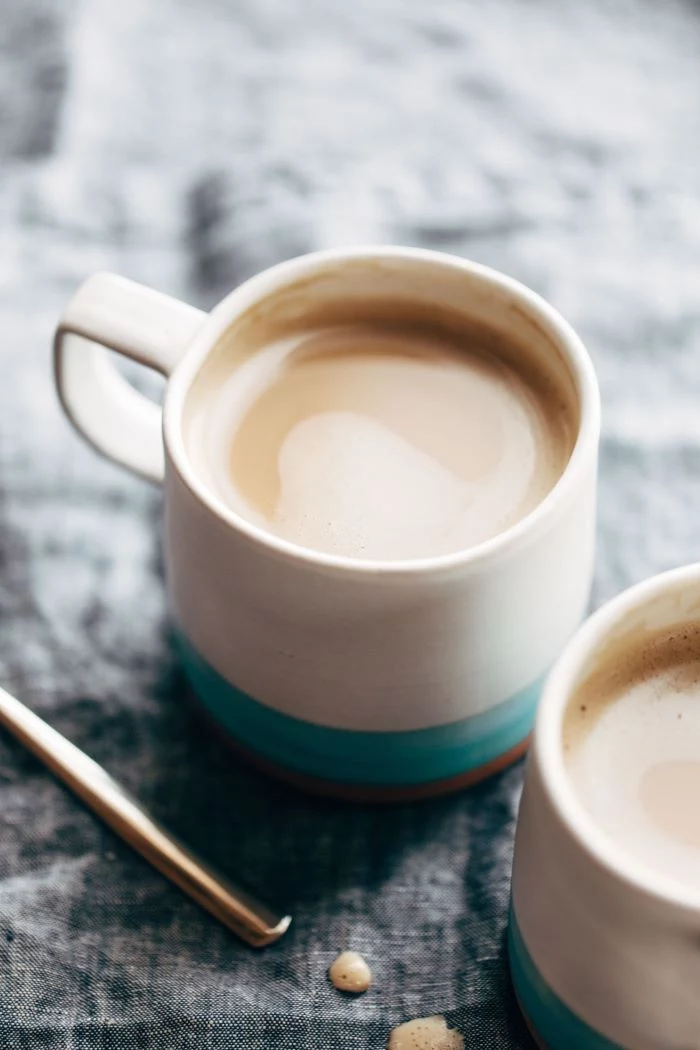
Tired of a dusty, bitter French Press? The secret isn’t just a coarse grind. After pressing, immediately decant all the coffee into a separate server or your mug. Leaving it in the press means it continues to extract from the fine particles at the bottom, turning a perfectly good brew bitter in minutes.
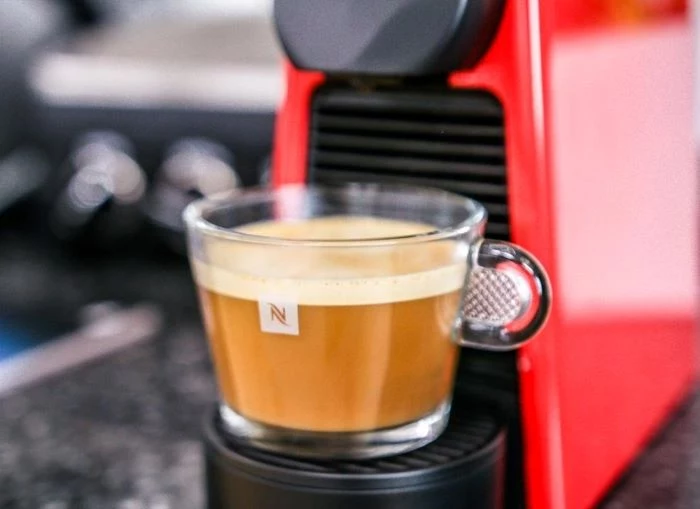
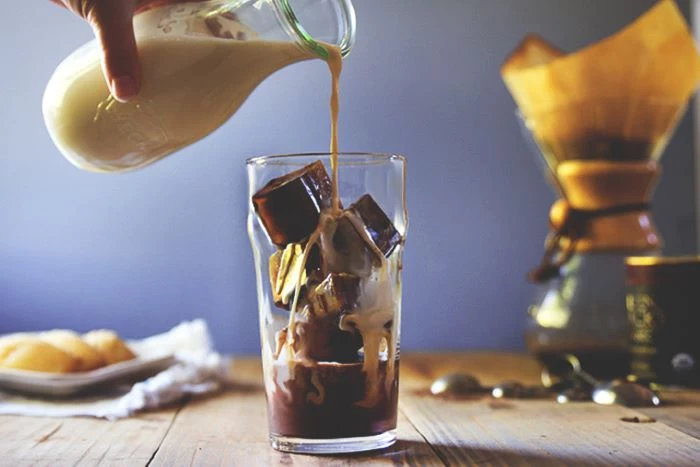
A coffee bean loses up to 60% of its aroma within 15 minutes of being ground.
This is why pre-ground coffee, no matter how well-packaged, can never compete with freshly ground beans. Grinding right before you brew is a non-negotiable step for capturing the volatile aromatic compounds that create a vibrant, flavorful, and complex cup of coffee.
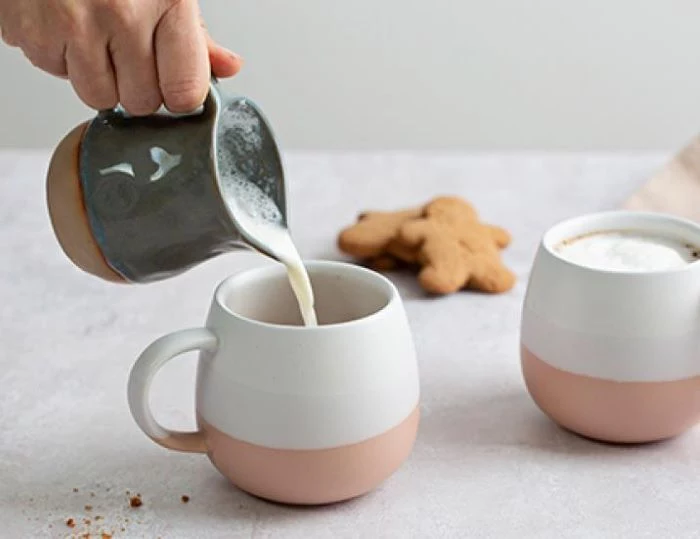
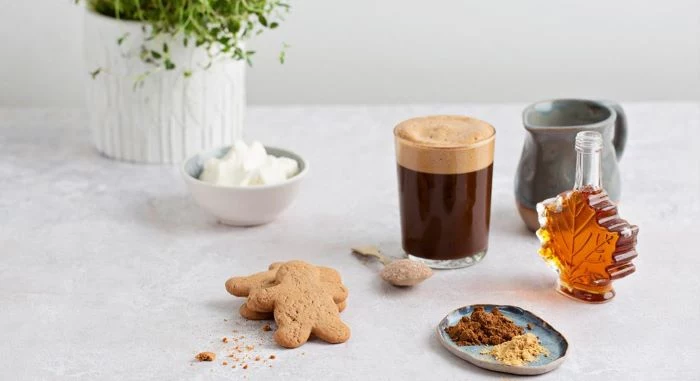
Create a dedicated coffee station to streamline your morning ritual. It doesn’t have to be large. A small section of your counter with a nice tray can hold your grinder, kettle, and a jar of beans. Use matching canisters, hang your favorite mugs on hooks, and keep your tools tidy. It turns a daily task into a mindful, beautiful moment.
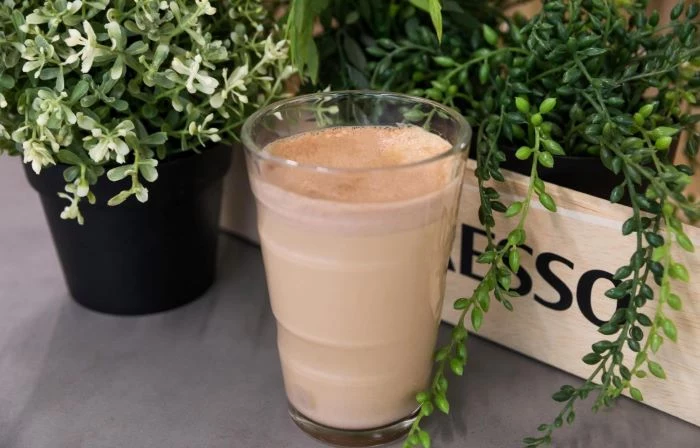
Want to experiment with a new brew method without a huge investment? The AeroPress is your answer. It’s affordable, nearly indestructible, and incredibly versatile. Here’s a simple starting point:
- Use a medium-fine grind, similar to table salt.
- Add 15g of coffee to the inverted brewer.
- Pour 240g of water (around 185°F/85°C) and stir.
- After 2 minutes, screw on the cap with a rinsed paper filter, flip it onto your mug, and press gently.

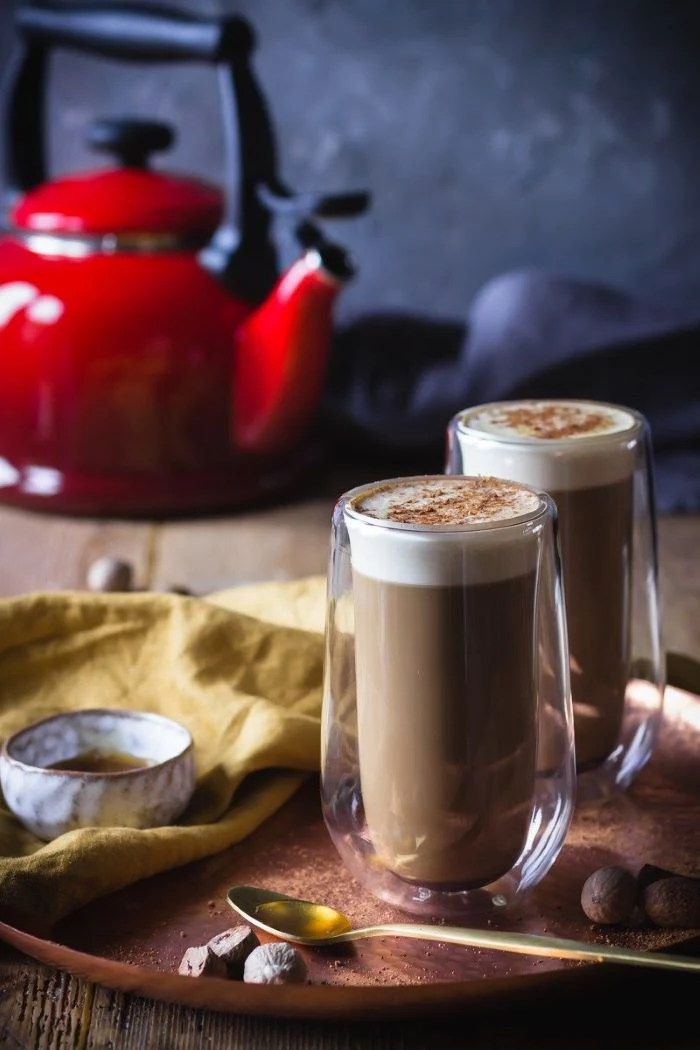
A common mistake: storing beans in the freezer. While it seems logical, coffee beans are porous and will absorb moisture and odors. The constant temperature change also creates condensation, which degrades the beans’ oils. The best place is in an airtight, opaque container at room temperature, away from sunlight.
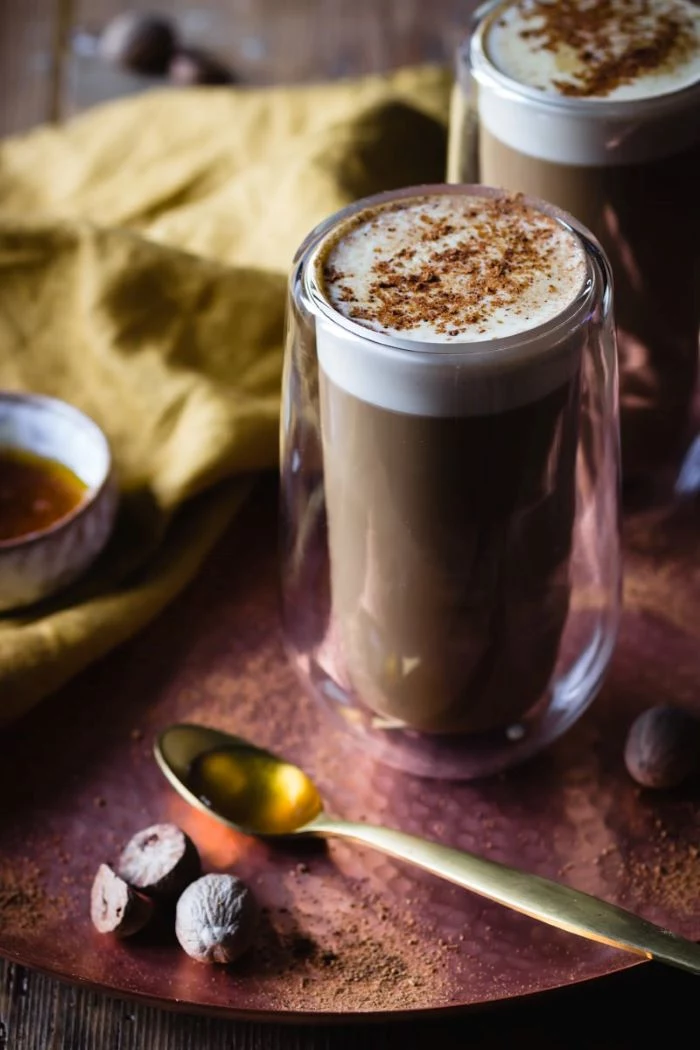
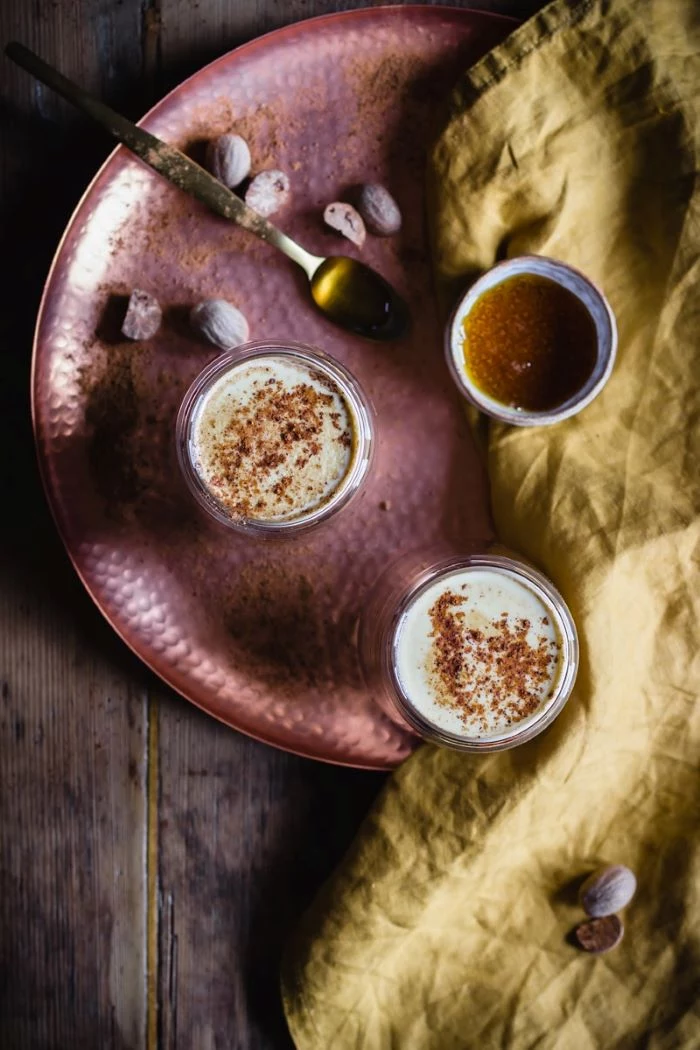
- They enrich your garden soil with nitrogen.
- They can be used as a natural exfoliant in DIY soaps.
- Sprinkling them in your garden can help deter slugs and snails.
- They can help neutralize odors in your refrigerator or garbage bin.
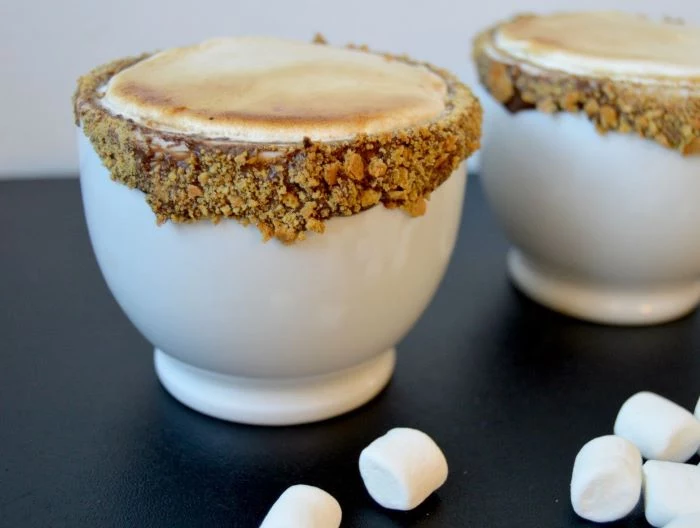
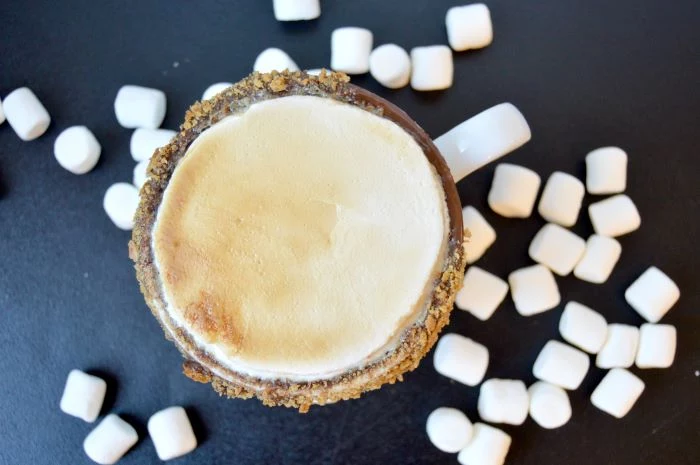
On average, a shot of espresso has less caffeine (around 63 mg) than a standard 8-ounce cup of drip coffee (around 95 mg).
The intense, concentrated flavor of espresso can be misleading. While the caffeine concentration is higher per ounce, the small serving size means the total caffeine dose is often lower than what you get from a full mug of filter coffee.
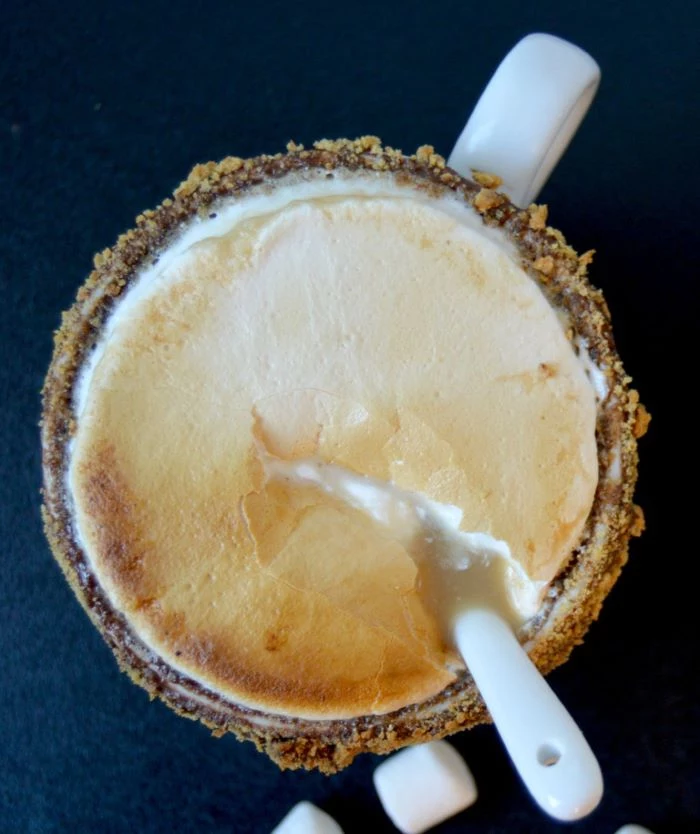
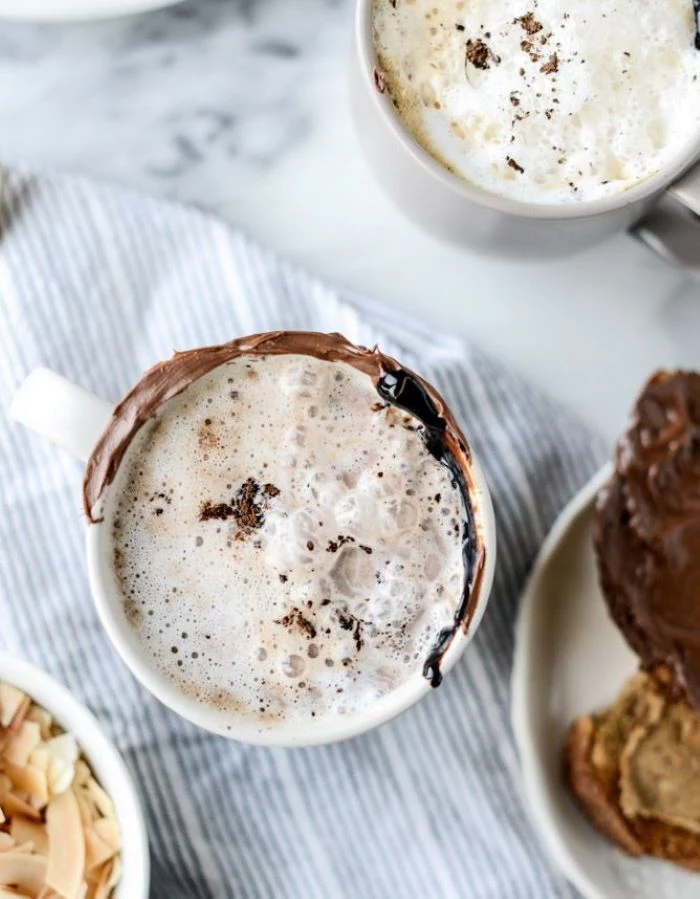
Why do baristas weigh everything?
Using a digital scale, like a simple kitchen scale or a specialized one from Acaia, is about one thing: consistency. Measuring by volume (scoops) is inaccurate because different beans have different densities and sizes. Weighing your beans and water (the brew ratio) ensures you can perfectly replicate that amazing cup you made yesterday, every single time. It’s the ultimate tool for control.
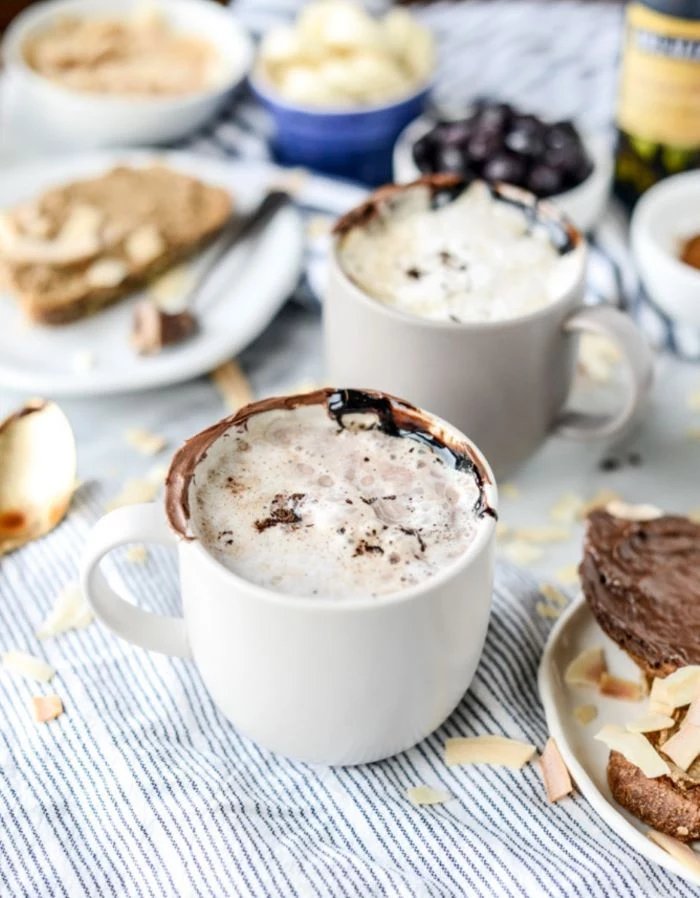
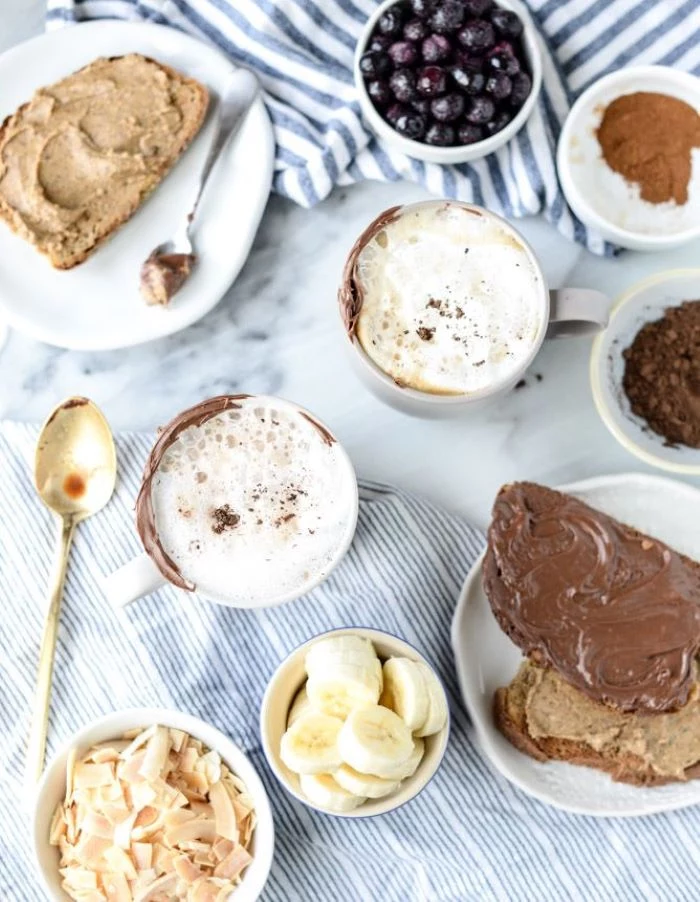
White Paper Filters: These are bleached (usually with an oxygen-based, chlorine-free process) to remove paper taste. They provide a very clean, crisp cup that lets the coffee’s origin flavors shine.
Brown Paper Filters: Unbleached filters are more natural but can impart a noticeable papery or woody taste if not thoroughly rinsed with hot water before brewing. For purity of flavor, a well-rinsed white filter is often preferred by professionals.
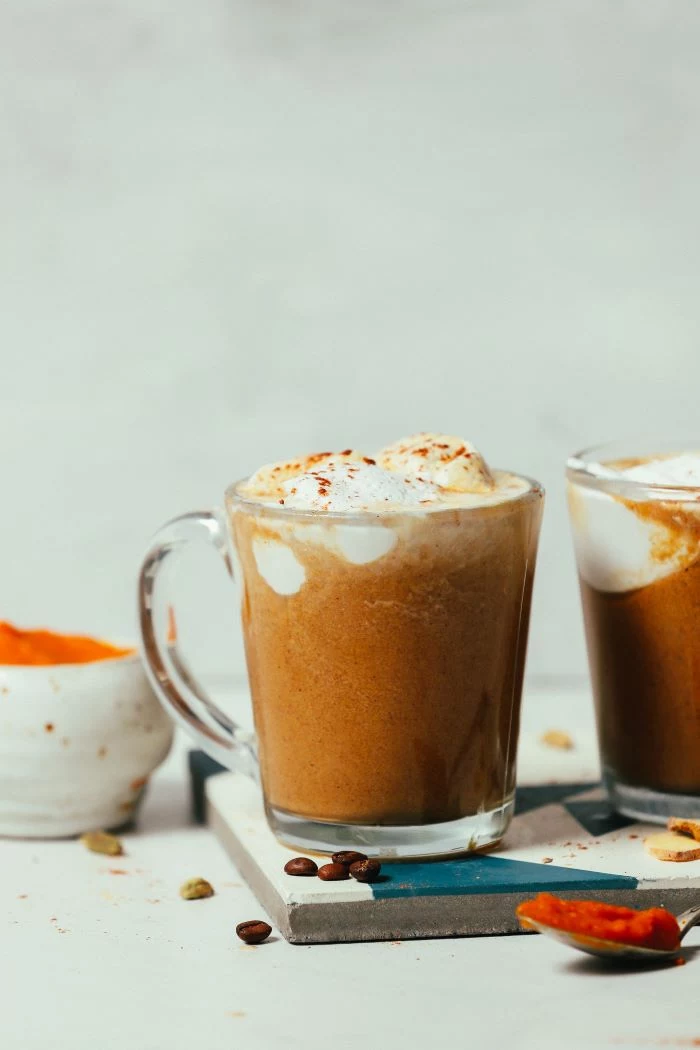
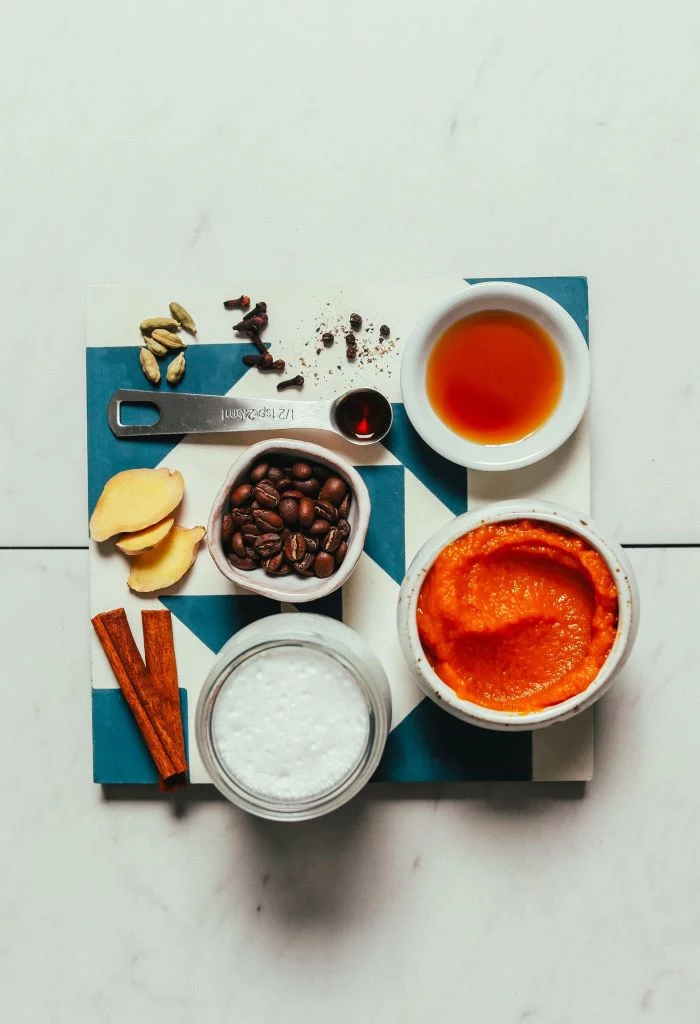
Don’t let a cold ceramic mug steal the heat from your freshly brewed coffee. While your water is heating, pour some of it into your mug and let it sit. Dump the water just before you pour your coffee. This simple trick keeps your coffee hot for much longer, preserving its delicate aromas and flavors from the first sip to the last.


What does ‘single-origin’ really mean? Unlike a blend, which combines beans from different places for a consistent flavor profile, a single-origin coffee comes from one specific farm, producer, or region. This allows you to taste the unique ‘terroir’—the distinct flavor characteristics imparted by that specific location’s climate, soil, and altitude. It’s a way to travel the world, one cup at a time.
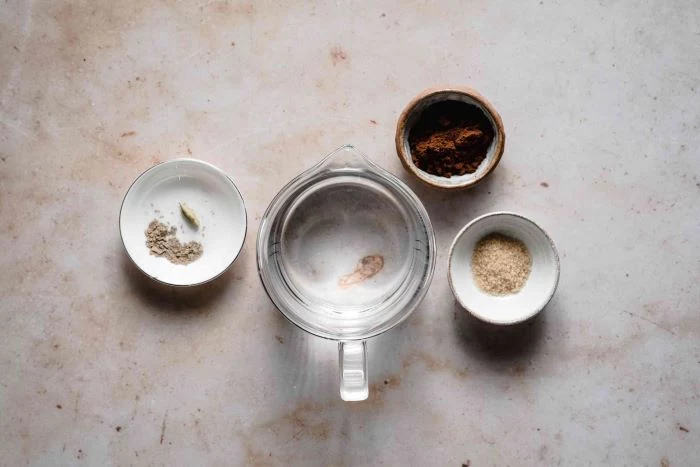
- Unlocks a richer, more balanced flavor.
- Eliminates sourness from under-extraction.
- Provides a silky, almost creamy mouthfeel.
The key? Let your coffee ‘bloom’. Before you start your main pour, add just enough hot water (about twice the weight of your grounds) to saturate them completely. Wait 45 seconds. This allows trapped CO2 to escape, letting the water extract flavor more evenly.
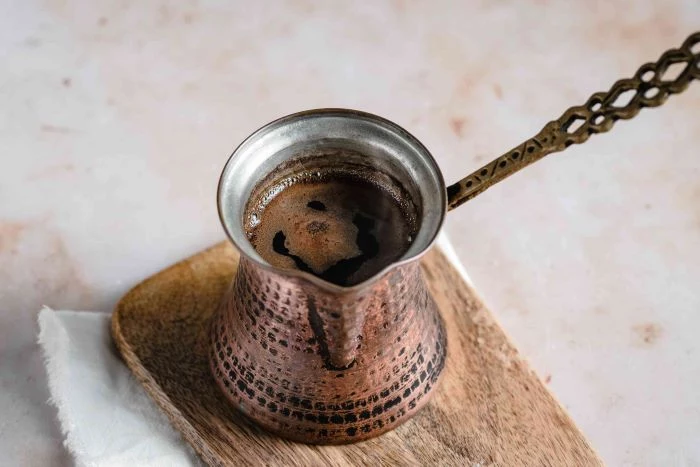
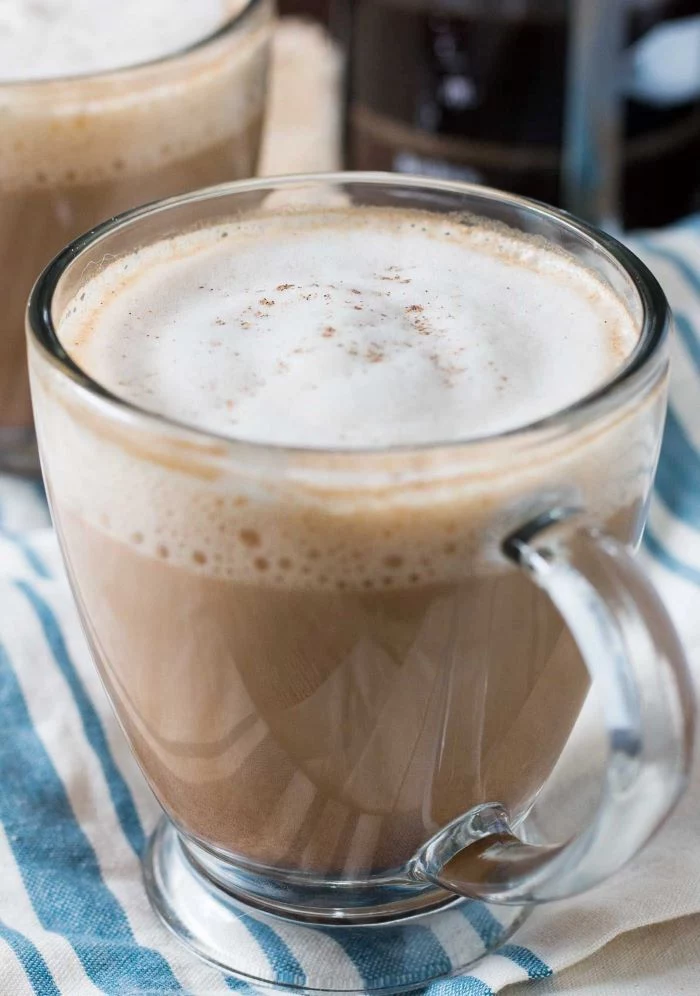
Cold Brew: This is coffee brewed with cold water over a long period (12-24 hours). The result is a smooth, low-acid concentrate that you dilute with water or milk.
Iced Coffee: This is simply regular coffee (brewed hot) that has been cooled down and poured over ice. It retains the brighter, more acidic notes of hot-brewed coffee but can taste watery if not brewed extra strong.
For a smooth, rich flavor that won’t get diluted, cold brew is the superior choice.
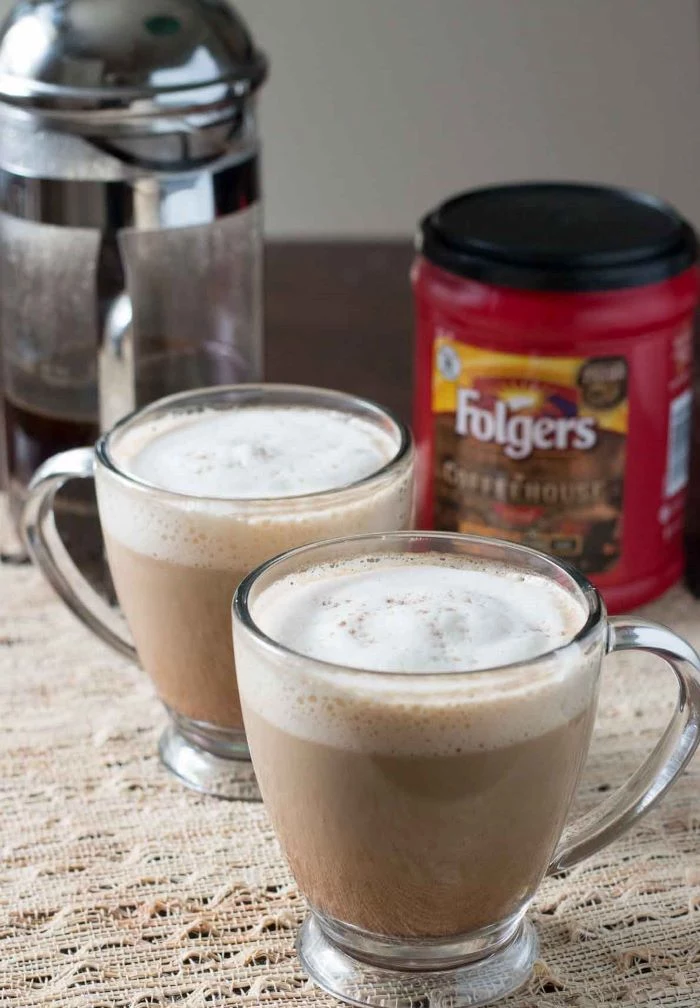
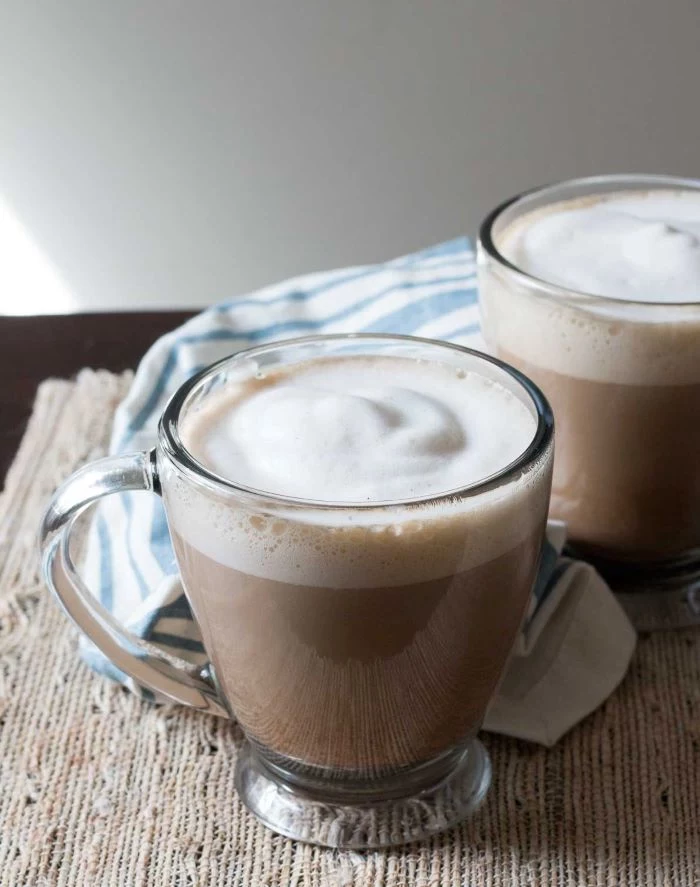
Step up your latte game with homemade syrup. It’s incredibly easy. Combine one cup of water and one cup of sugar in a saucepan. Bring to a simmer, stirring until the sugar is dissolved. Turn off the heat, add a split vanilla bean or a teaspoon of vanilla extract, and let it cool. Store it in a sealed bottle in the fridge for up to a month.
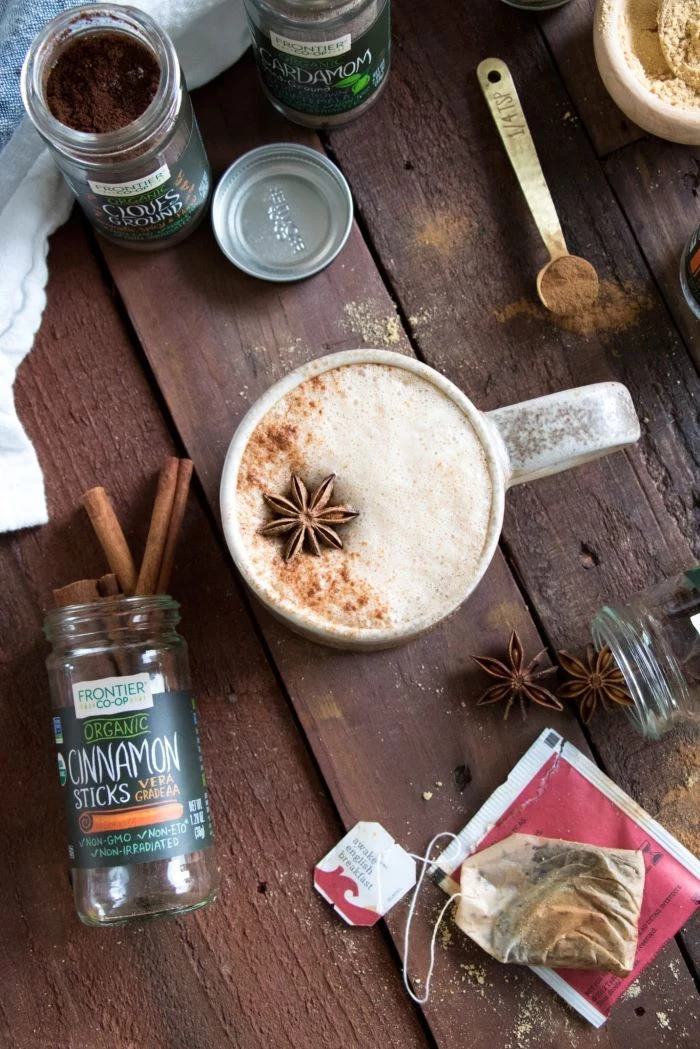
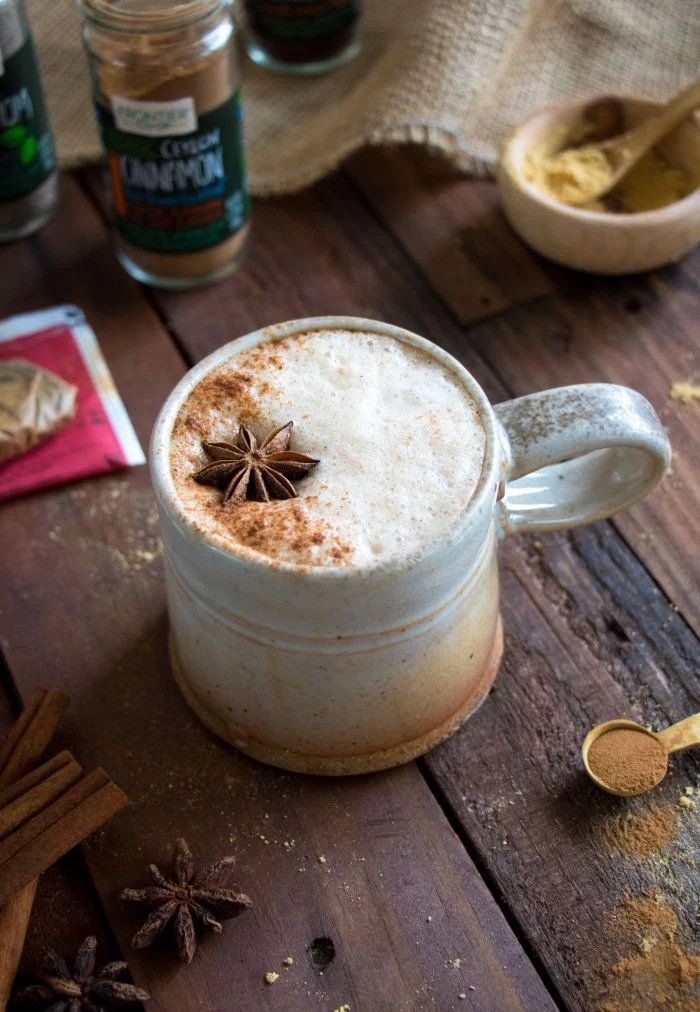
The ideal water temperature for brewing coffee is between 195°F and 205°F (90°C and 96°C).
Water that is too hot will scald the grounds, resulting in a bitter, harsh taste. Water that isn’t hot enough will fail to extract the full range of flavors, leaving the coffee tasting flat and sour. Don’t just use boiling water; let it cool for about 30-60 seconds after it boils for a much better result.
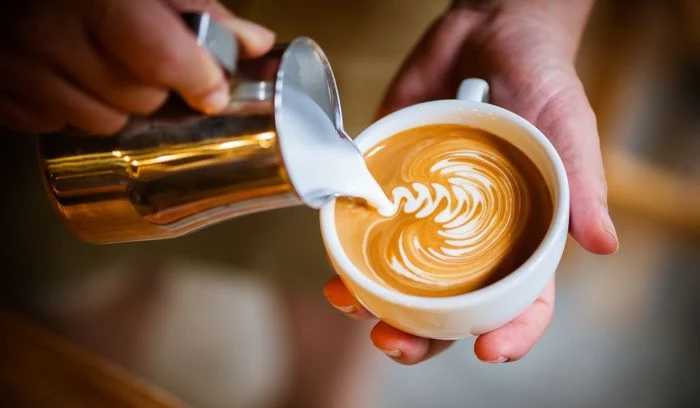
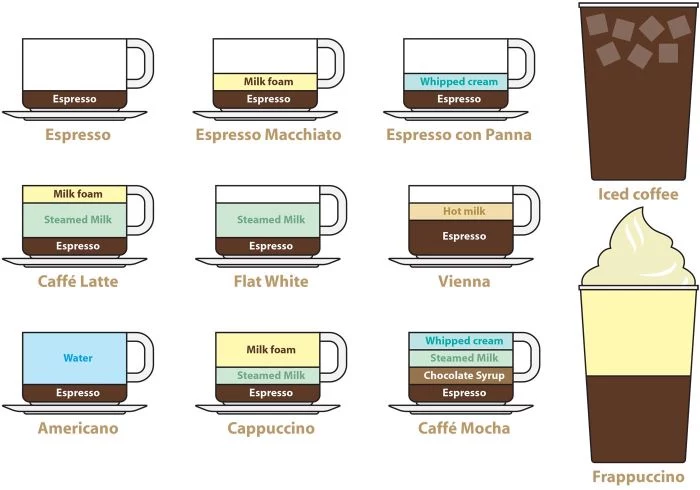
A dirty secret: coffee oils. Over time, oils from your beans build up inside your grinder, hopper, and burrs. These oils go rancid and will make even the best fresh beans taste stale and bitter. Once a month, run a specialized grinder cleaner like Grindz through the machine, or use a stiff brush and compressed air to clear out old grounds and oily residue.
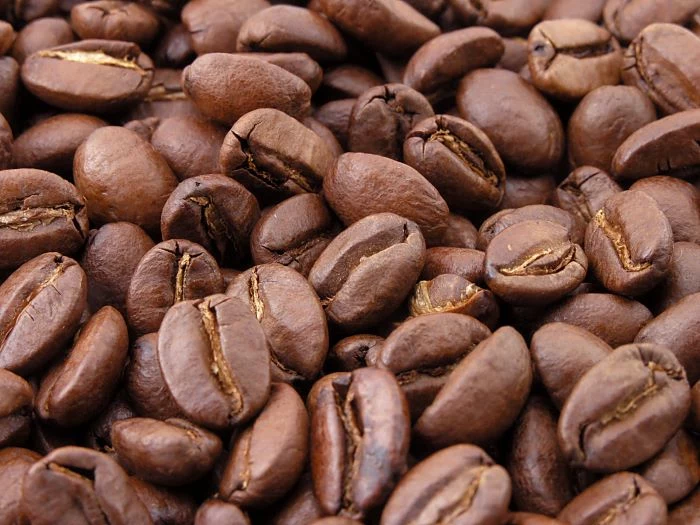
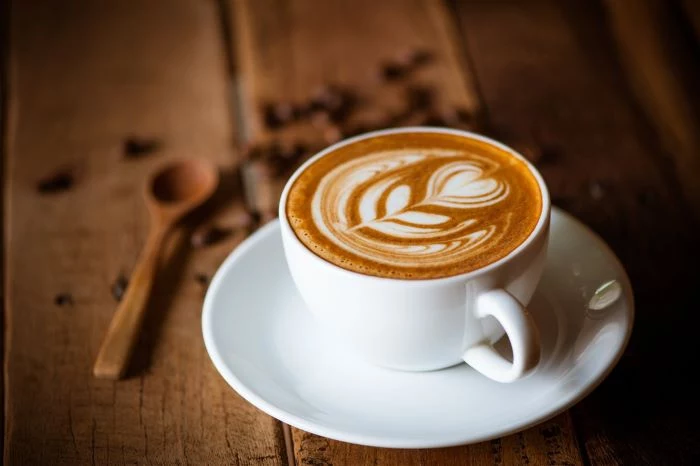
Wondering why your coffee doesn’t taste like the ‘notes of blueberry, jasmine, and caramel’ described on the bag? Your palate needs training! The next time you brew, take a moment before you drink. Smell the aroma deeply. Take a small sip and let it coat your tongue. Try to identify broad categories first—is it fruity? Nutty? Chocolatey? The more you practice mindful tasting, the more specific flavors you’ll begin to notice.

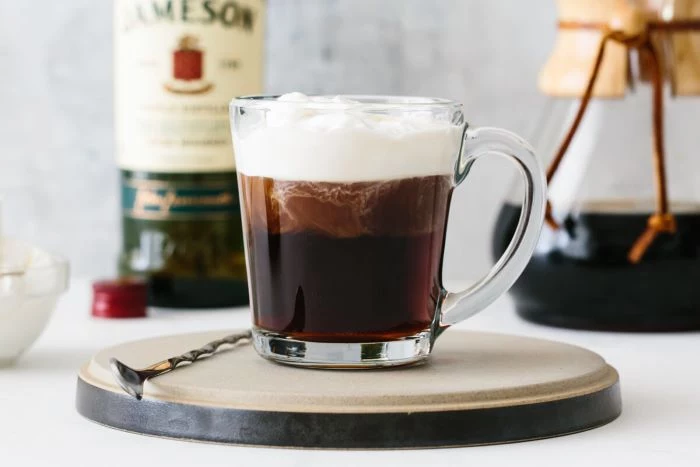
Finland consumes the most coffee per capita in the world, at nearly 12kg per person annually. That’s almost double the amount consumed by Italians!
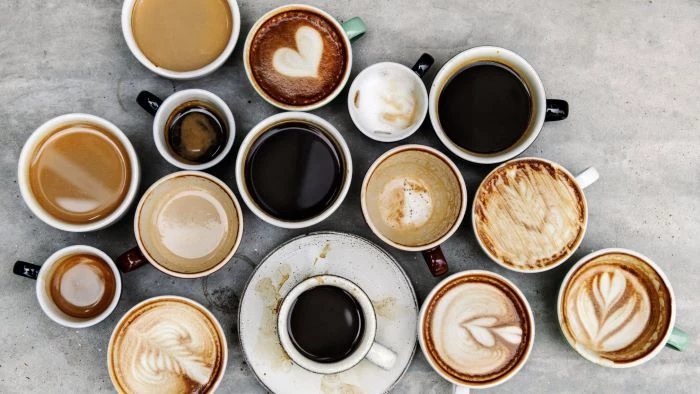
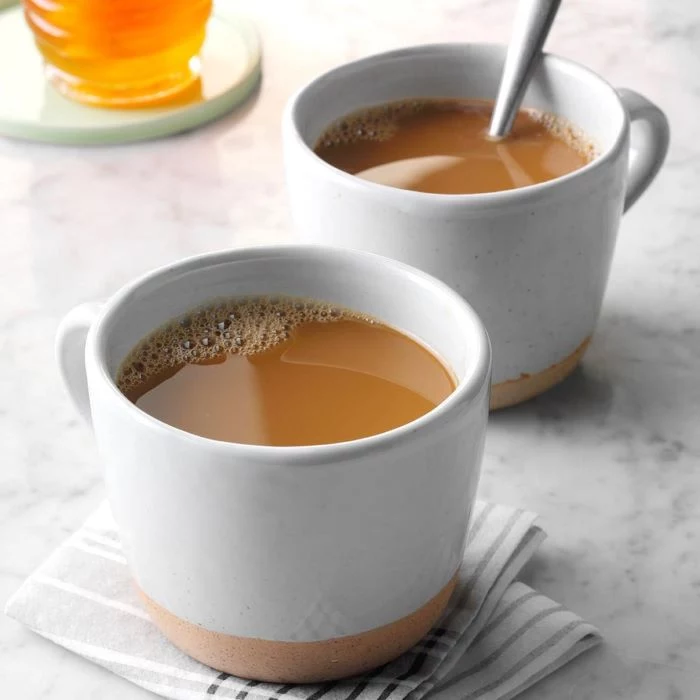
Want to try something completely different?
Explore the rich, unfiltered world of Turkish coffee. You’ll need a special pot called an ‘ibrik’ or ‘cezve’ and coffee ground to a super-fine, powder-like consistency. The coffee is boiled with water (and often sugar) to create a thick, strong, and aromatic brew. It’s a ritual as much as a drink, meant to be sipped slowly, allowing the grounds to settle at the bottom of the small cup.
The essential difference: Arabica beans are known for their complex, aromatic, and acidic flavor profiles, often with floral or fruity notes. They are grown at high altitudes and are more expensive. Robusta beans have a much bolder, stronger, more ‘classic’ coffee flavor with earthy or rubbery notes. They contain roughly double the caffeine and are used heavily in espresso blends for their thick crema and in instant coffee.










